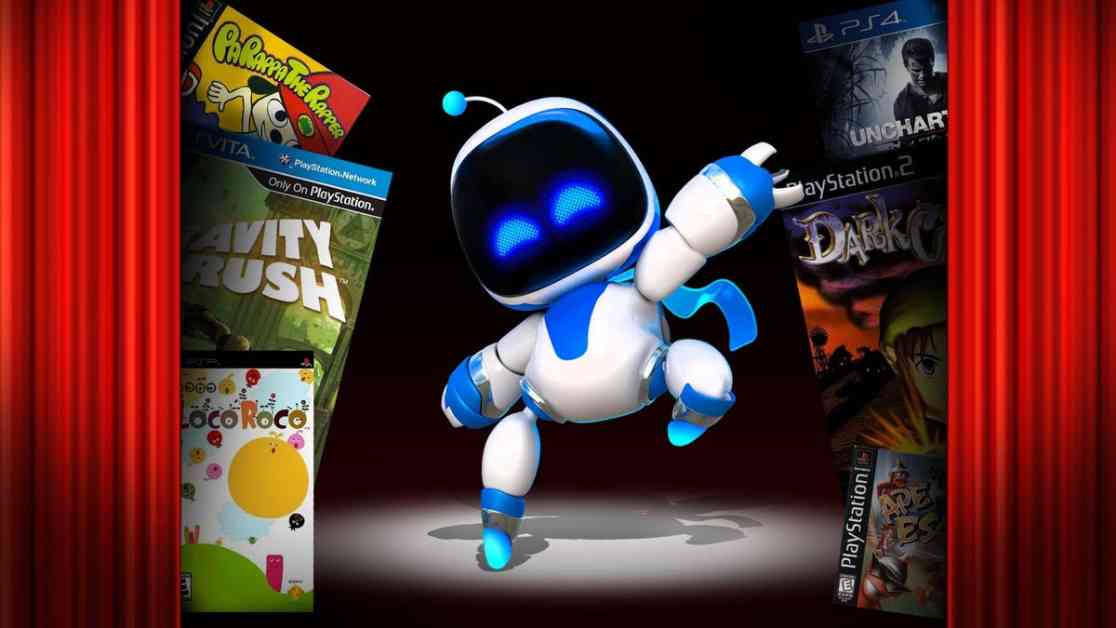Astro Bot’s Brand Loyalty and Its Impact on Creativity
Astro Bot, a game that walks the fine line between innovation and brand loyalty, has sparked a debate among gamers and critics alike. On one hand, it is hailed as a creative and entertaining masterpiece, showcasing the potential of current-gen first-party games. On the other hand, it is criticized for being a product of corporate branding, hindering true innovation and creativity in the gaming industry.
The game, developed by Team Asobi, is a testament to the technical prowess and creative energy that Sony Interactive Entertainment is capable of. With its vibrant visuals, tight platforming mechanics, and charming characters, Astro Bot captures the essence of what makes a great 3D platformer. However, beneath its glossy exterior lies a troubling trend of brand worship that threatens to stifle originality and artistic expression.
The Dilemma of Nostalgia vs. Innovation
Astro Bot’s reliance on nostalgia as a driving force for its gameplay and design choices raises questions about the balance between paying homage to the past and forging new paths for the future. While the game’s references to classic Sony franchises like Ape Escape and LocoRoco may delight longtime fans, they also serve as a reminder of a company that seems more interested in rehashing old ideas than pushing boundaries.
The game’s protagonist, Astro, embodies this conflict between tradition and innovation. As a blank slate character that can easily transform into other iconic Sony figures, Astro is a symbol of the company’s willingness to play it safe rather than take risks. While this approach may appeal to a broad audience, it also runs the risk of alienating those who crave originality and creativity in their gaming experiences.
The Need for Artistic Freedom and Risk-Taking
In a landscape dominated by blockbuster franchises and safe bets, Astro Bot’s success highlights the importance of fostering a culture of artistic freedom and risk-taking in the gaming industry. While the game’s polished gameplay and nostalgic references may please fans in the short term, they ultimately fall short of delivering the kind of groundbreaking experiences that define the medium.
To truly innovate and push the boundaries of what is possible in gaming, developers need the freedom to experiment, take risks, and explore new ideas without being bound by the constraints of brand loyalty and market expectations. Just as visionary creators like Masaya Matsuura and Kazutoshi Iida revolutionized the industry with their bold and unconventional approaches, the next generation of game developers must be given the space and support to do the same.
In conclusion, Astro Bot’s loyalty to Sony may hinder innovation and creativity in the short term, but it also serves as a cautionary tale for the industry as a whole. By striking a balance between honoring the past and embracing the future, developers can create truly groundbreaking experiences that push the boundaries of what is possible in gaming. Only by fostering a culture of artistic freedom and risk-taking can we ensure that the medium continues to evolve and thrive in the years to come.













